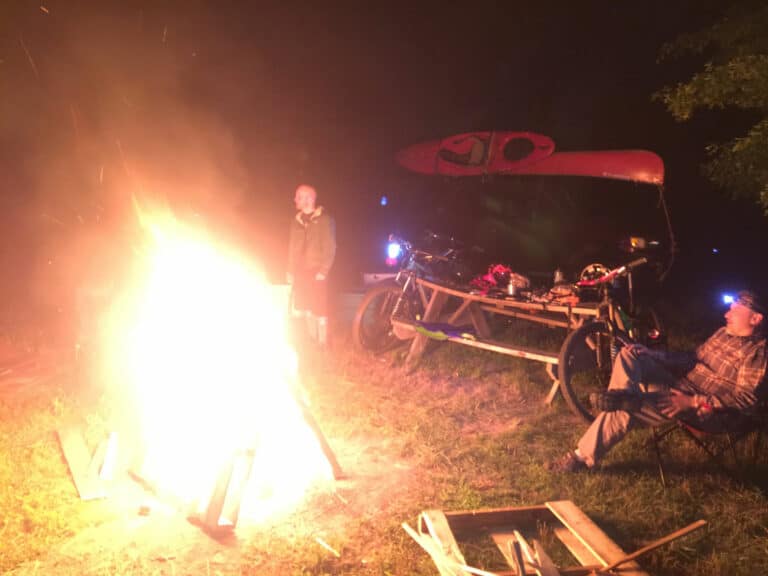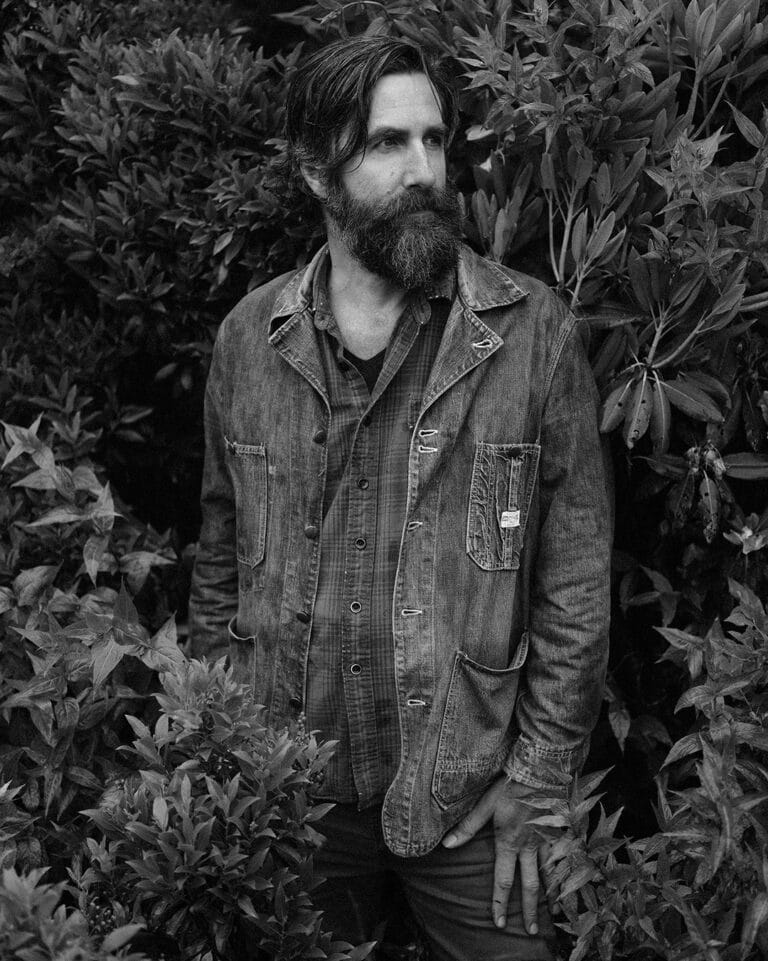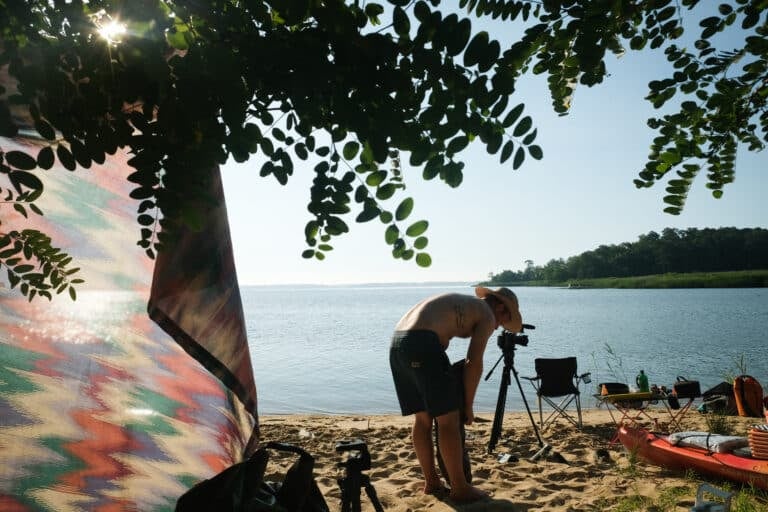Click here for videos of Parkour Running.
Parkour, a form of running without limits, has been popular in Europe for decades but the practice is just now catching on with Americans, who have been introduced to the sport through Nike commercials and, most recently, the opening sequence of Casino Royale, the latest James Bond movie. Parkour is part exercise, part artistic expression, and some would argue, part lifestyle, Traceurs (practitioners of parkour) run through urban landscapes scaling walls, vaulting over railings, dropping from ledges, bounding from perch to perch, and jettisoning staircases in single leaps. The underlying principal of parkour is simple: Find the quickest, most efficient way to move from place to place using only your body and the environment surrounding you.
THE HISTORY
The term “parkour” comes from the French term “parcours,” which refers to the French military’s obstacle course training. David Belle, a descendent of French military firefighters, founded parkour in France in the mid-‘90s as a practice to train the body and mind to overcome obstacles in any emergency situation. Belle sees parkour as a cousin to martial arts in regards to the human fight-or-flight response. Martial arts train a person to handle the “fight” response. Parkour trains a person to handle the “flight” response.
THREE ESSENTIAL PARKOUR MOVES
Basic Landing: A standard two-footed landing designed to help absorb the impact from a leap. During the jump, bring your knees up to your chest, your arms out to help control your position while in the air. Keep eye contact with your landing zone during the entire leap. As you near the ground, stretch your feet toward the landing zone to meet the surface. As the balls of your feet contact the ground, bend your knees and hips, putting your weight on your toes. Bring your arms between your legs and hands to the ground. This creates a stable platform to continue your run. Explode directly into the run once you absorb the shock. If you’re doing it right, you should land with very little sound.
Kong Vault: A basic vault with a lot of applications, the Kong Vault is used to propel the runner over a rail. Approach the rail with moderate speed in a straight line. Plant both feet shoulder-width apart, bringing your body to a squat position a few feet from the railing. You should still have to stretch with your arms to reach the top of the rail. Reach for the rail, placing your hands wider than your shoulders. Pull your body with your hands and use your feet to give you more spring (imagine vaulting over a turn-style at the amusement park). Lean forward as your feet leave the ground and tuck your knees into your chest. Pass your feet through your arms. As soon as your legs and feet have cleared the rail, let go with your hands and prepare to land (follow the basic landing directions from above).
Wall Run: A useful technique to overcome a tall wall. Run directly at the wall taking a high step, pushing off the ground with your back foot and planting your front foot on the wall at a spot slightly higher than your waist. Use your toes to push up off the wall, getting your entire body over your front foot (this keeps your momentum moving upward instead of backward). Bring up your back foot for a second push upward, which will move you further up the wall and stabilize your momentum. At the peak of your wall run, raise your arms up and reach for the ledge at the top of the wall. Keep your feet between your body and the wall, and kick up as soon as you grab the top ledge. Pull yourself up with your arms while pushing off the wall with your toes, trying to get one foot on top of the ledge as quickly as possible. Stabilize in the squat position on the top of the wall before leaping off the other side.
GO SLOW
With high impact landings and quick bursts of movement, Parkour is extremely stressful on your body. Traceurs practice for years, learning the proper techniques to help reduce impact while also training diligently to beef up their total body strength. Forget your standard gym workouts. Traceurs use their own body weight and their surroundings to train for parkour.
ParkourNorthAmerica.com features an exhausting 20-minute workout video where athletes train their entire body using only a street curb.
Primal Fitness, a gym in Washington D.C. offers parkour training sessions as well as a parkour boot camp every Saturday afternoon. Or register on their website for daily workout routines that will get you in peak parkour shape. www.primal-fitness.com.
FLIPPED OFF
Is flipping considered parkour? No. And yes. The goal of parkour is to find the quickest, most efficient way to run from one place to another. For that reason, die-hard Traceurs insist flipping is never the most efficient way to move over an obstacle. They consider flips and spins as merely fancy moves used to show off. However, some Traceurs allow that maybe, perhaps, possibly, there is a situation where a flip would be the most efficient way over or through an obstacle, in which case, the flip would be parkour.







